#unesco world heritage site
Text

Kölner Dom
Cologne, Germany
#photographers on tumblr#architecture#art#churches#windows#cologne#germany#cathedrals#kölner dom#cologne cathedral#köln#vertical#original photographers#original photography#gothic#unesco world heritage site#world heritage
240 notes
·
View notes
Text




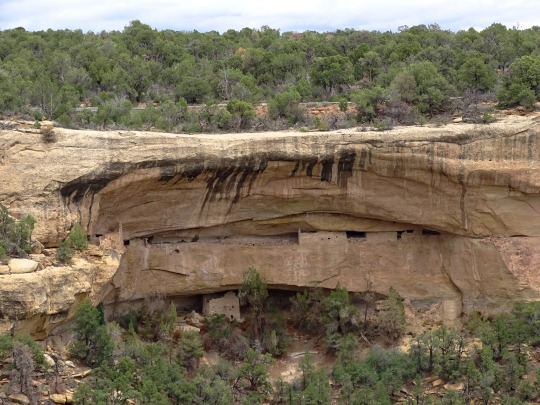
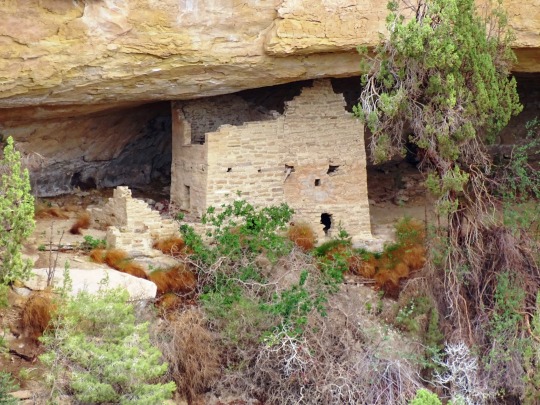
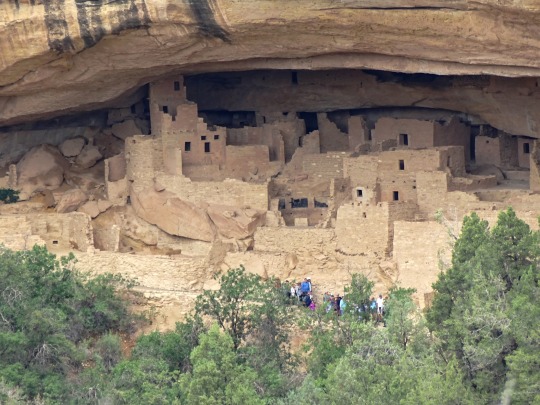



Cliff Palace, Mesa Verde National Park (No. 13)
Cliff Palace is the largest cliff dwelling in North America. The structure built by the Ancestral Puebloans is located in Mesa Verde National Park in their former homeland region. The cliff dwelling and park are in Montezuma County, in the southwestern corner of Colorado, in the Southwestern United States.
Tree-ring dating indicates that construction and refurbishing of Cliff Palace was continuous approximately from 1190 CE through 1260 CE, although the major portion of the building was done within a 20-year time span. The Ancestral Puebloans, also known as Anasazi, who constructed this cliff dwelling and the others like it at Mesa Verde were driven to these defensible positions by "increasing competition amidst changing climatic conditions". Cliff Palace was abandoned by 1300, though debate is ongoing as to the cause. Some contend that a series of megadroughts interrupting food production systems was the main cause.
Cliff Palace was rediscovered in 1888 by Richard Wetherill and Charlie Mason while they were looking for stray cattle.
Source: Wikipedia
#Cliff Palace#Mesa Verde National Park#cliff dwelling#Ancestral Puebloans#Colorado#UNESCO World Heritage Site#ancestral puebloan archaeological site#archaeology#Montezuma County#original photography#desert varnish#travel#vacation#tourist attraction#landmark#architecture#landscape#countryside#summer 2022#USA#Mountain West Region#tree#cliff
212 notes
·
View notes
Text
92 notes
·
View notes
Text
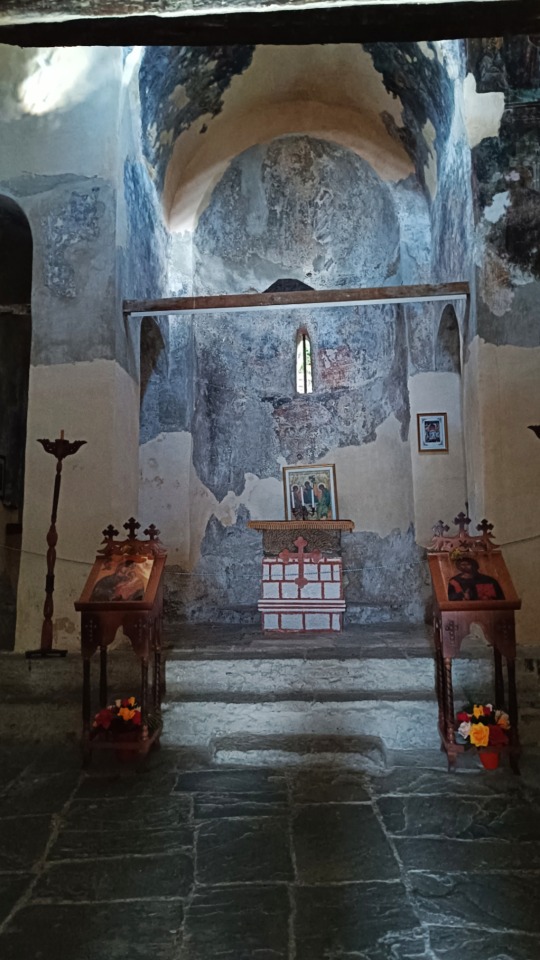



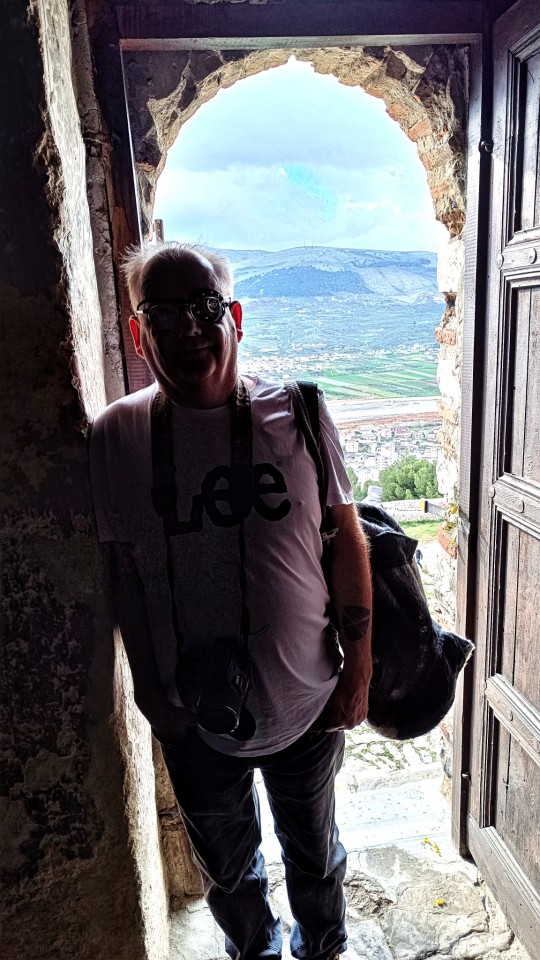
Church of the Holy Trinity.
This is one of the oldest churches in Berat. Easily accessible, the church is located in the historic Mangalem neighborhood in Berat, on the southern side of the Berat Castle.
The chapel is from the Byzantine era and was built during the 14th century.
27 notes
·
View notes
Text

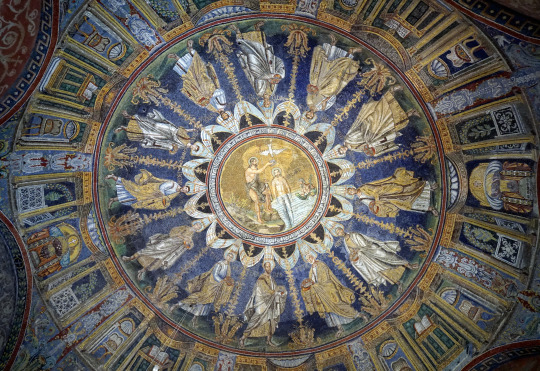


“In Holy Baptism, we are not merely ‘joining the Church,’ nor are we merely ‘washing away our sins.’ Holy Baptism is not a rite of membership. Rather, Holy Baptism is being plunged into the death of Christ (Romans 6:3) and raised into the likeness of Christ’s resurrection. Believers are given a Cross to wear as part of their Baptism – a token to remind us that our new life is nothing other than living in union with the Crucified Christ.”
~Fr. Stephen Freeman
(Photos © dramoor 2015 Neonian Baptistry 5th century, Ravenna, Italy)
#Orthodox Christian#Neonian Baptistry#Ravenna Italy#travel#Fr. Stephen Freeman#Holy Baptism#photography#photographers on tumblr#Scriptures#Lord Jesus#UNESCO World Heritage Site#mosaics#ancient Christian monument
87 notes
·
View notes
Text

Hallstatt, Austria (by Daniel Seßler)
Enjoy our curated content? You can support us here.
#curators on tumblr#li_destinations#wanderlust#travel#inspiration#explore#hallstatt#austria#europe#townscape#village#historic architecture#unesco world heritage site
36 notes
·
View notes
Text
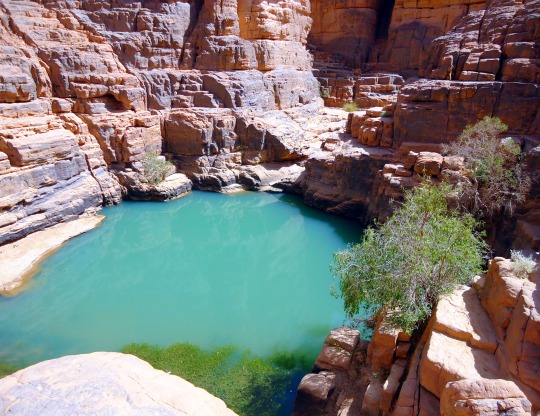
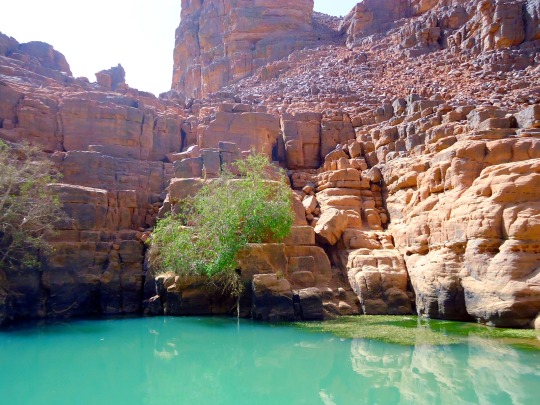
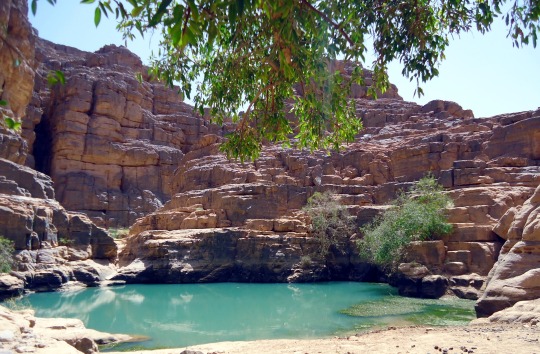
"THE GEOLOGICAL FORMATIONS ARE OF OUTSTANDING SCENIC INTEREST..."
PIC(S) INFO: Spotlight on Gueltade Tikoubaouine, Tassili n’Ajjer, Algeria, North Africa, a UNESCO World Heritage site. 📸: “Extraanis,” c. 2015 (via Wikimedia).
MINI-OVERVIEW: “Located in a strange lunar landscape of great geological interest, this site has one of the most important groupings of prehistoric cave art in the world. More than 15,000 drawings and engravings record the climatic changes, the animal migrations and the evolution of human life on the edge of the Sahara from 6000 BC to the first centuries of the present era. The geological formations are of outstanding scenic interest, with eroded sandstones forming "forests of rock.”
– UNESCO WORLD HERITAGE CONVENTION
Source: https://commons.m.wikimedia.org/wiki/File:Canyon_de_Tikoubaouine.JPG (3x).
#UNESCO World Heritage Site#UNESCO#Nature#Algeria#Photography#Geology#North Africa#Rock Formations#Africa#African Oasis#Geological Site#UNESCO World Heritage#North African#North African Landscapes#Landscapes#Geological#Rocks#Forests of Rock#Gueltade Tikoubaouine#Tassili n’Ajjer#Nature photography#World Heritage Site
16 notes
·
View notes
Text
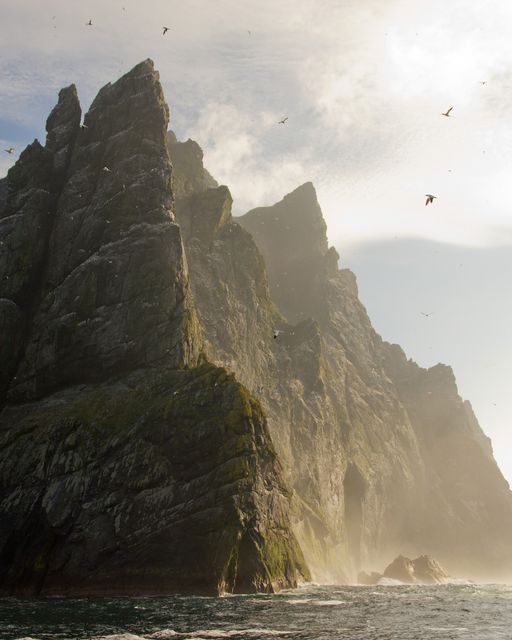
The crofters are gone, but St Kilda is still home to millions of seabirds
#St Kilda#Boreray#Outer Hebrides#Atlantic Ocean#gannets#puffins#sea stacks#Scottish heritage#remote#archipelago#UNESCO World Heritage site#seabirds#edge of the world#UK
122 notes
·
View notes
Photo

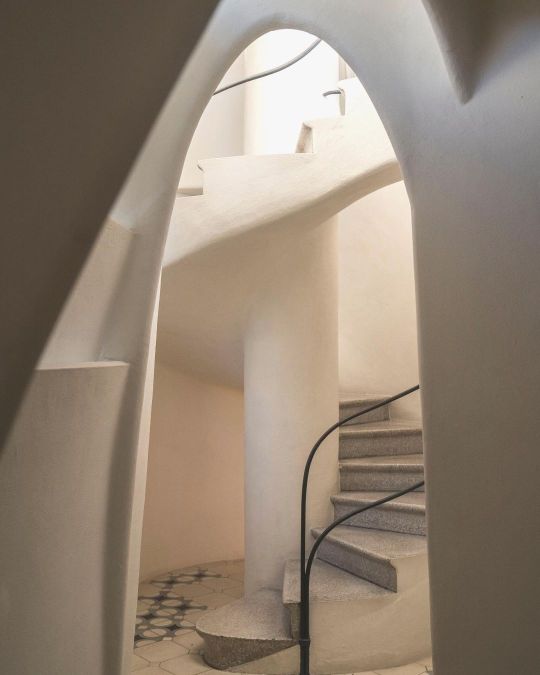


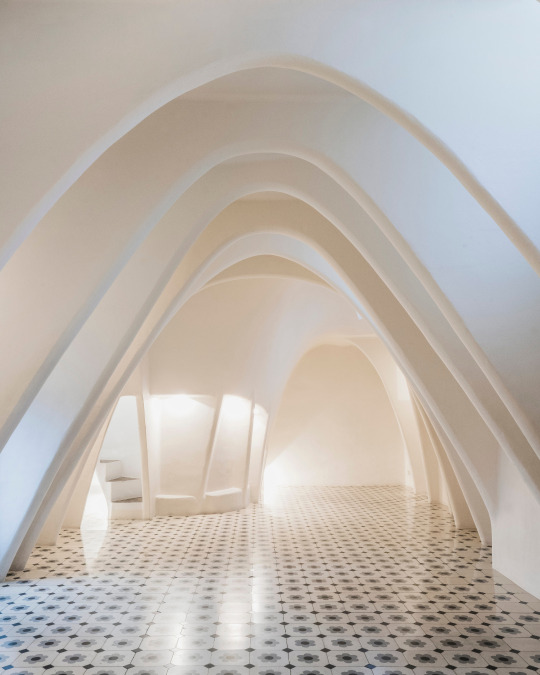

Casa Batlló in Barcelona (Catalonia).
Casa Batlló was designed by Antoni Gaudí and built between 1904 and 1907. It has become one of the most iconic buildings of the Catalan Modernist style (Modernisme).
Photos by Casa Batlló on Instagram.
#casa batlló#barcelona#catalunya#modernisme#antoni gaudí#arquitectura#arts#catalonia#catalan modernism#architecture#gaudí#1900s#early 1900s#travel#europe#art nouveau#travel photography#landmark#unesco world heritage site#world heritage
381 notes
·
View notes
Text

Kölner Dom
Cologne, Germany
#photographers on tumblr#architecture#art#churches#windows#cologne#germany#cathedrals#kölner dom#cologne cathedral#köln#vertical#original photographers#original photography#gothic#unesco world heritage site#world heritage
215 notes
·
View notes
Text
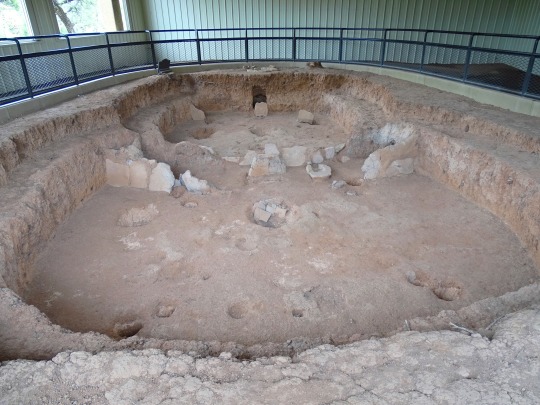
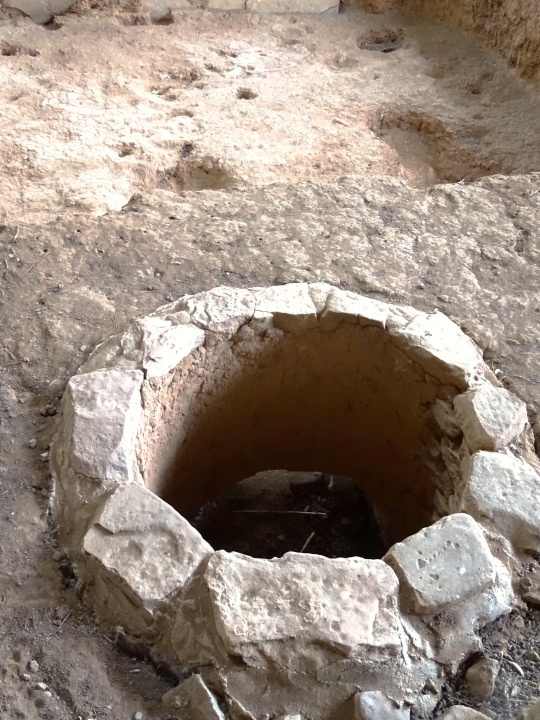


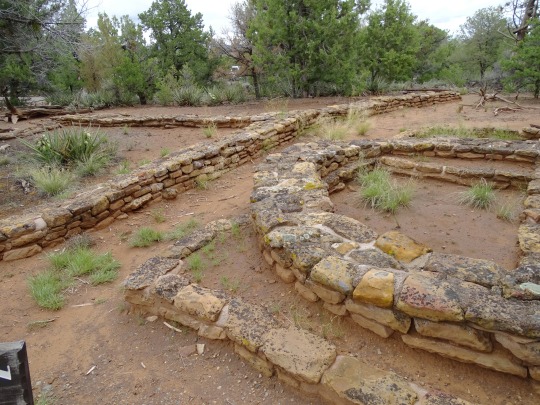

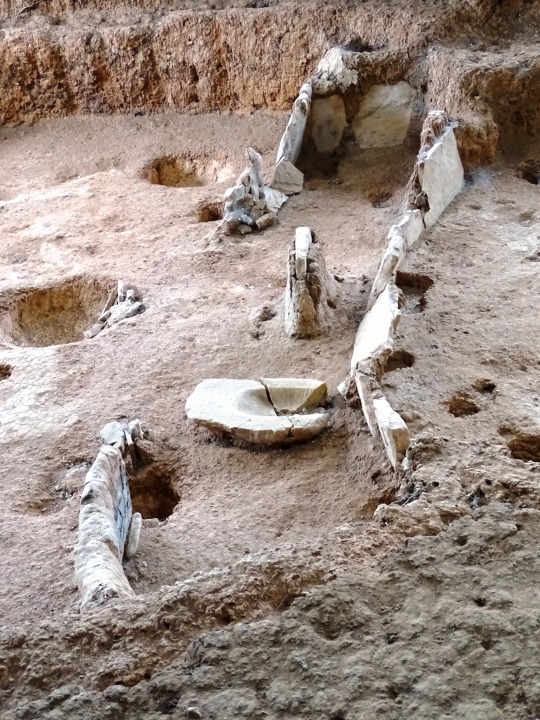


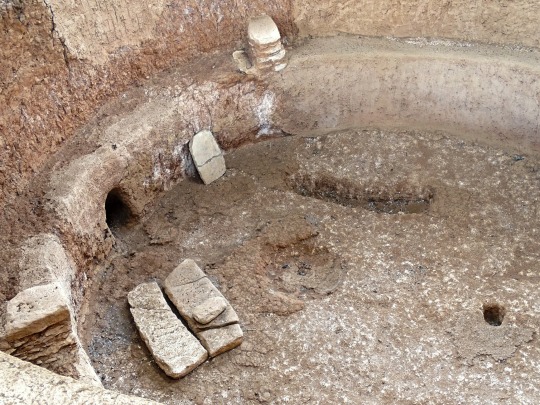

Mesa Verde National Park (No. 10)
With the introduction of corn to the Mesa Verde region c. 1000 BC and the trend away from nomadism toward permanent pithouse settlements, the Archaic Pueblonians transitioned into what archaeologists call the Basketmaker culture. Basketmaker II people are characterized by their combination of foraging and farming skills, use of the atlatl, and creation of finely woven baskets in the absence of earthen pottery. By 300, corn had become the preeminent staple of the Basketmaker II people's diet, which relied less and less on wild food sources and more on domesticated crops.
In addition to the fine basketry for which they were named, Basketmaker II people fashioned a variety of household items from plant and animal materials, including sandals, robes, pouches, mats, and blankets. They also made clay pipes and gaming pieces. Basketmaker men were relatively short and muscular, averaging less than 5.5 feet (1.7 m) tall. Their skeletal remains reveal signs of hard labor and extensive travel, including degenerative joint disease, healed fractures, and moderate anemia associated with iron deficiency. They buried their dead near or amongst their settlements, and often included luxury items as gifts, which might indicate differences in relative social status. Basketmaker II people are also known for their distinctive rock art, which can be found throughout Mesa Verde. They depicted animals and people, in both abstract and realistic forms, in single works and more elaborate panels. A common subject was the hunchbacked flute player that the Hopi call Kokopelli.
Source: Wikipedia
#Badger House Community#Wetherill Mesa#antechamber#pithouse#semi-subterranean home#Mesa Verde National Park#UNESCO World Heritage Site#Paleo-Americans#Mountain West Region#ancestral puebloan archaeological site#Montezuma County#Native American history#archaeology#ruins#tourist attraction#landmark#travel#vacation#summer 2022#Colorado#USA#original photography#flora#landscape#countryside
107 notes
·
View notes
Text
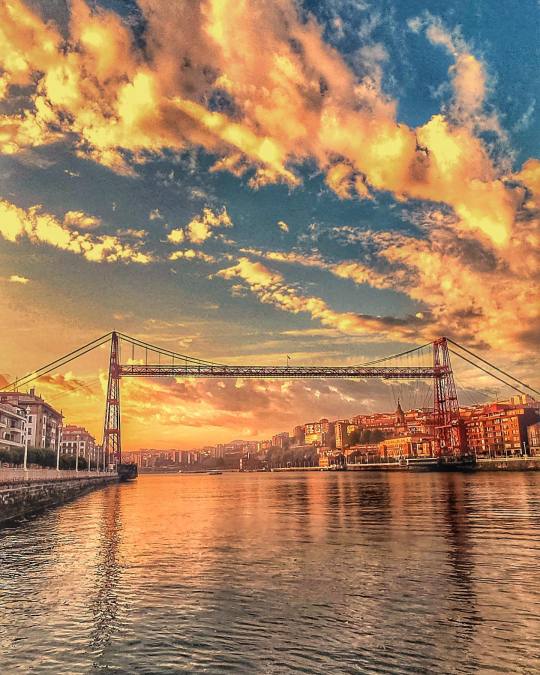
Bizkaia bridge in the golden hour, Portugalete (BIzkaia).
Source
#euskadi#euskal herria#basque country#pais vasco#pays basque#portugalete#bizkaia#photography#golden hour#sunrise#architecture#bridge#bizkaia bridge#unesco world heritage site
37 notes
·
View notes
Text



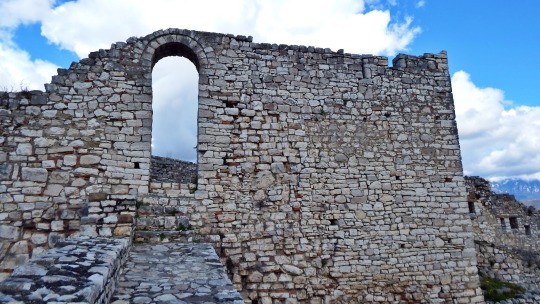



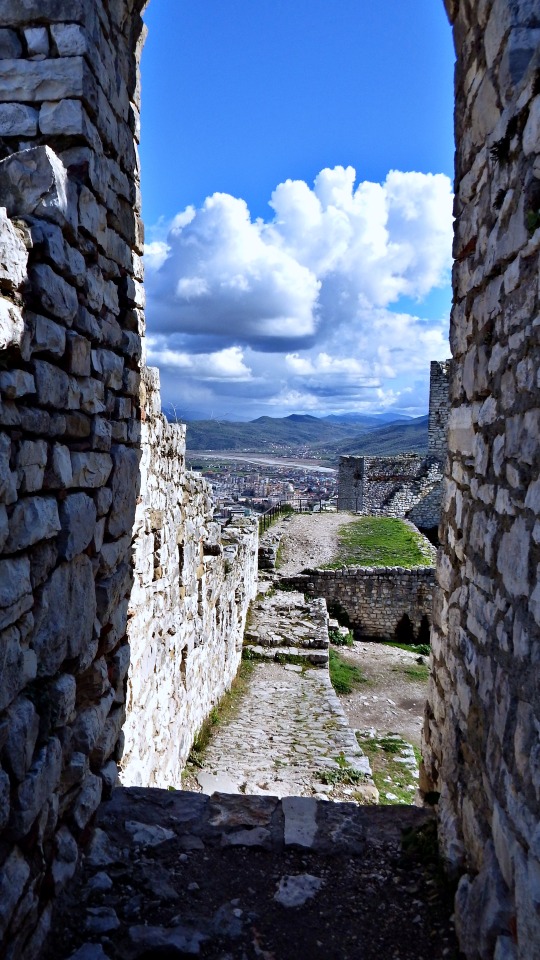


Berat Castle.
This castle is the pride and joy of the city of Berat. It’s courtyard offers spectacular views of the city and the valley below. It's a great place to explore,.
The fortress of Berat, known as Kalaja to the locals. It's origins of go all the way back to the 4th century with a medieval fortress built in the 13th and 14th centuries originally it had 24 towers and four entrance gateways., not sure how many survive, I wasn't counting!
Ransacked by almost everyone throughout its history (Romans, Slavs, and Luftwaffe) many of its treasures are now long gone, but the remnants of some of its architectural elements can still be found, such as courtyards, a large cistern in the centre, there are numerous stone houses that are still occupied to this day, I hope to get round to posting themover the coming days and weks.
28 notes
·
View notes
Text
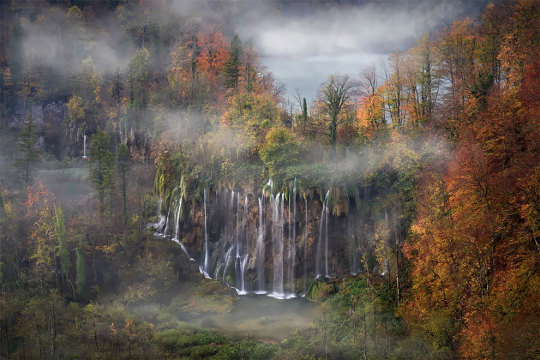
Veliki Slap, Plitvice Lakes national park, Lika-Senj, Croatia
“Also known as the Big Waterfall, Veliki Slap is the highest waterfall in the Unesco world heritage site of Plitvice Lakes national park. The waterfall is pictured surrounded by autumn-toned trees, and with the (enhanced/added) mist it almost feels as though you could breathe in the power of nature”
Photographer: Gianluca Gianferrari
International Garden Photographer Of The Year Competition
#gianluca gianferrari#photographer#veliki slap#plitvice lakes national park#lika-senj#croatia#waterfall#unesco world heritage site#autumn#landscape#international garden photographer of the year competition#nature
14 notes
·
View notes
Text
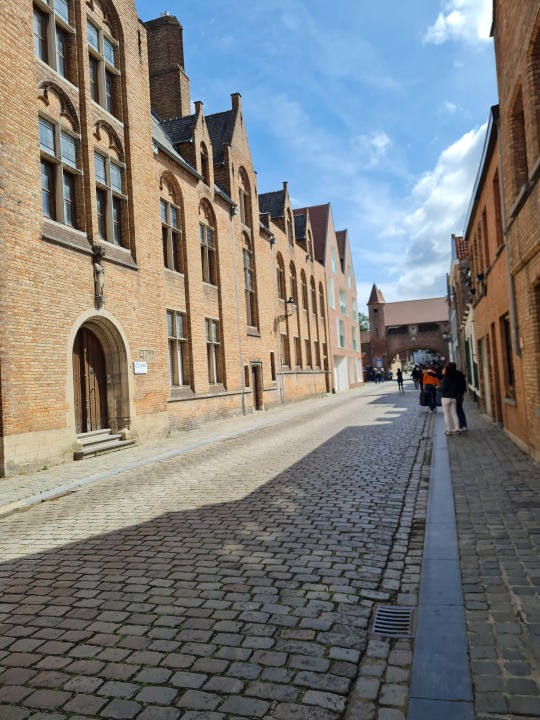
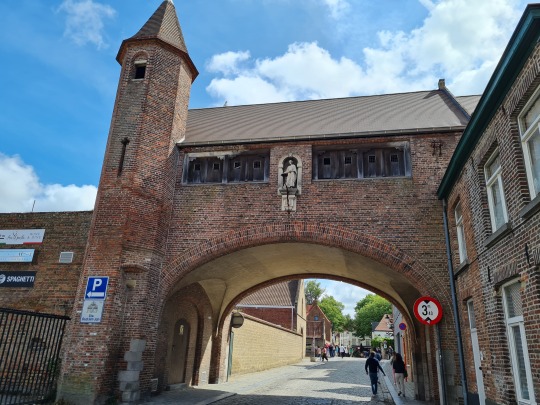
The street of Zonnekemeers, Bruges and the gatehouse leading to a courtyard called Wevershof (weaver's yard)
#bruges#brugge#belgique#belgium#belgië#western europe#west flanders#west vlaanderen#architecture#unesco#tourist attraction#europe#unesco world heritage site#vlaanderen#flanders#travel#photography#travel photography#city#street#urban#cityscape#cityview#culture#traveling#travelcore#aesthetic#warmcore#warm aesthetic
9 notes
·
View notes
Text
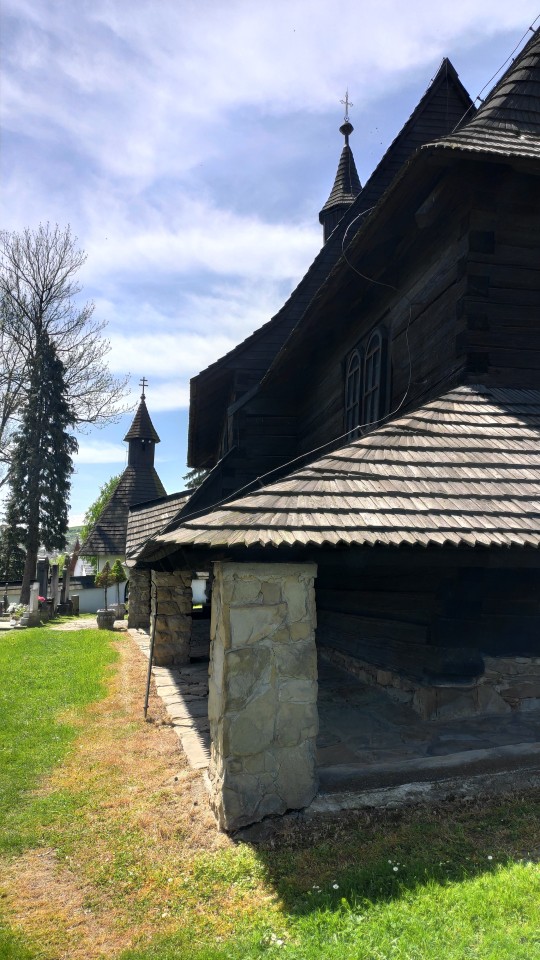
Tvrdosín, Slovakia
15 notes
·
View notes